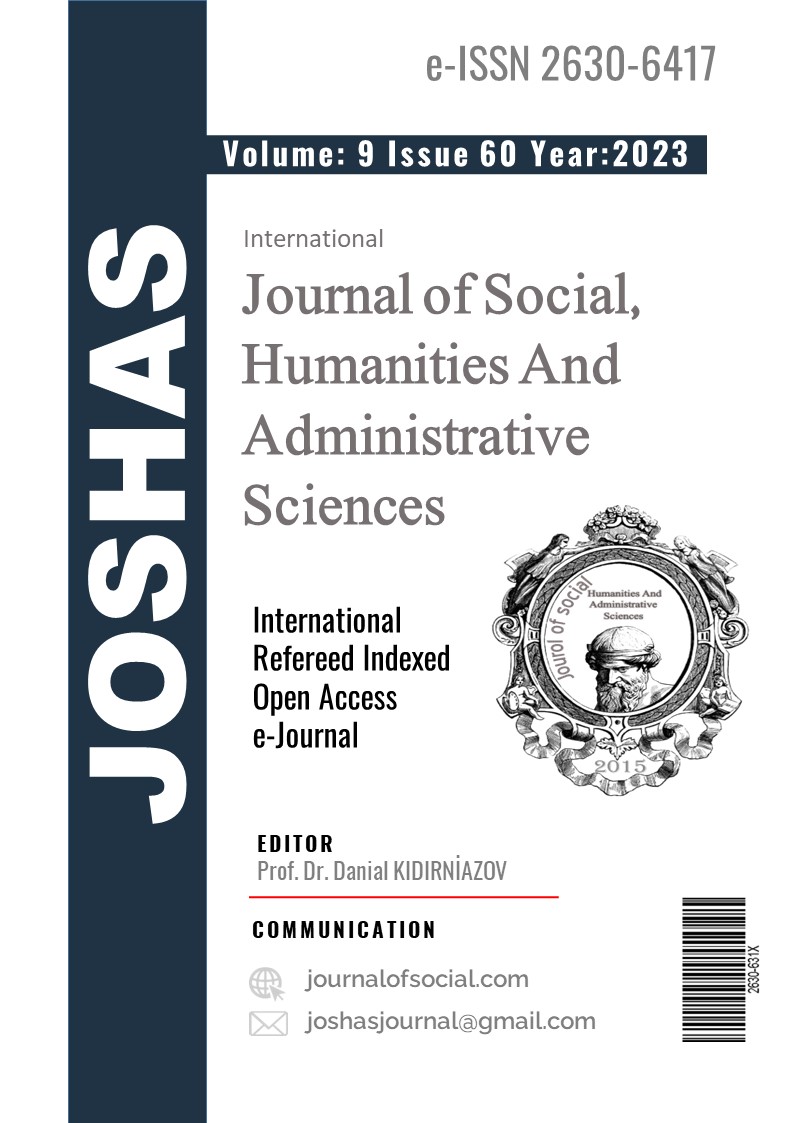Author :
Abstract
Yapay zekâ modellerine metinsel istemler girerek görseller oluşturma, özellikle 2021'den itibaren çok yoğun bir ilgi görmektedir. Derin makine öğrenmesine, çekişmeli üretken ağlara ve doğal dil işleme sistemlerine dayanan bu modellerle birkaç sözcükten oluşan metinsel istemlerden sanatsal ve estetik yönden etkileyici görseller üretilebilmektedir. Artık bu sayede herkes sadece birkaç saniye içinde dijital eserler yaratabilmektedir. Bu durum da üretilen bu görsellerde herhangi bir yaratıcılık bulunup bulunmadığı sorusunu ortaya çıkarmaktadır. Kaynak taramasına dayanan derleme türündeki bu çalışma, yapay zekâ modellerine girilen metinsel istemler yoluyla üretilen ve yapay zekâ sanatı olarak adlandırılan görsellerdeki yaratıcılığın doğasını ve bu yaratıcılıktaki insani boyutlarını incelemekte ve yaratıcılık kavramına ilişkin mevcut ürün merkezli sosyokültürel modelin söz konusu görsellerdeki yaratıcılığı değerlendirmek için yetersiz kaldığını ileri sürmektedir. Yapay zekâ modellerinin çalışma mantığına dair temel kavramlar açıklandıktan sonra bu yetersizlik örnek görseller ile tartışılarak somutlaştırılmaktadır. Ardından yaratıcılığa ilişkin mevcut modelin yapay zekâ modellerine girilen metinsel istemler yoluyla üretilen görsellerdeki yaratıcılığı açıklamadaki yetersizliğine yanıt olarak alternatif bir model üzerinden görsel üretim süreci ürün, kişi, süreç ve çevre bileşenleri bağlamında incelenmektedir. Sonuç bölümünde söz konusu görsellerdeki yaratıcılığa böyle geniş bir perspektiften bakmanın getirdiği bazı zorluklar ve sağladığı araştırma fırsatları tartışılmakta ve bu görsellerdeki yaratıcılığın insan-yapay zekâ etkileşimine dayanan ortak bir yaratıcılık niteliğinde olduğu saptanmaktadır.
Keywords
Abstract
Creating visuals by entering textual prompts into artificial intelligence models has been attracting a lot of attention, especially since 2021. With these models based on deep machine learning, generative adversarial networks and natural language processing systems, artistic and aesthetically impressive visuals can be produced from textual prompts consisting of a few words. Thanks to this, anyone can now create digital works in just a few seconds. This situation begs the question of whether there is any creativity in such images. This study, based on a literature review, examines the nature and the dimensions of this creativity in these visuals called artificial intelligence art, produced through textual requests entered into artificial intelligence models, and argues that the prevalent product-centered sociocultural model of the concept of creativity is insufficient to evaluate the creativity involved in these visuals. After the fundamental concepts of the operational mechanisms of artificial intelligence models are explained, this insufficiency is concretized by discussing through sample visuals. Then, in response to the inadequacy of the prevalent product-centered sociocultural model of creativity in explaining the creativity involved in the visuals produced through textual prompts entered into the artificial intelligence models, the visual production process is examined through an alternative model in the context of product, person, process and environmental components. In the conclusion, some of the difficulties and research opportunities of looking at the creativity in these images from such a broad perspective are discussed and it is claimed that the creativity in these images is a joint creativity based on human-artificial intelligence interaction.





